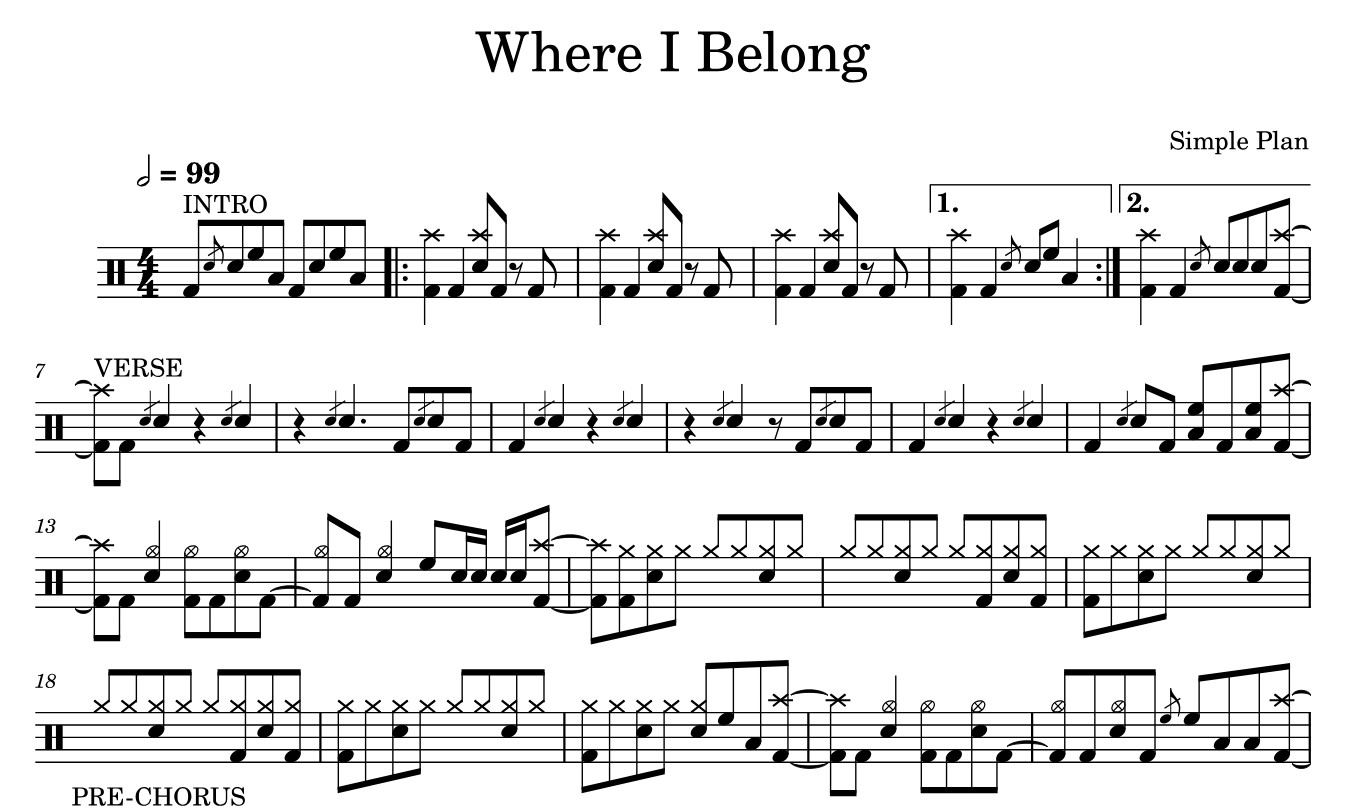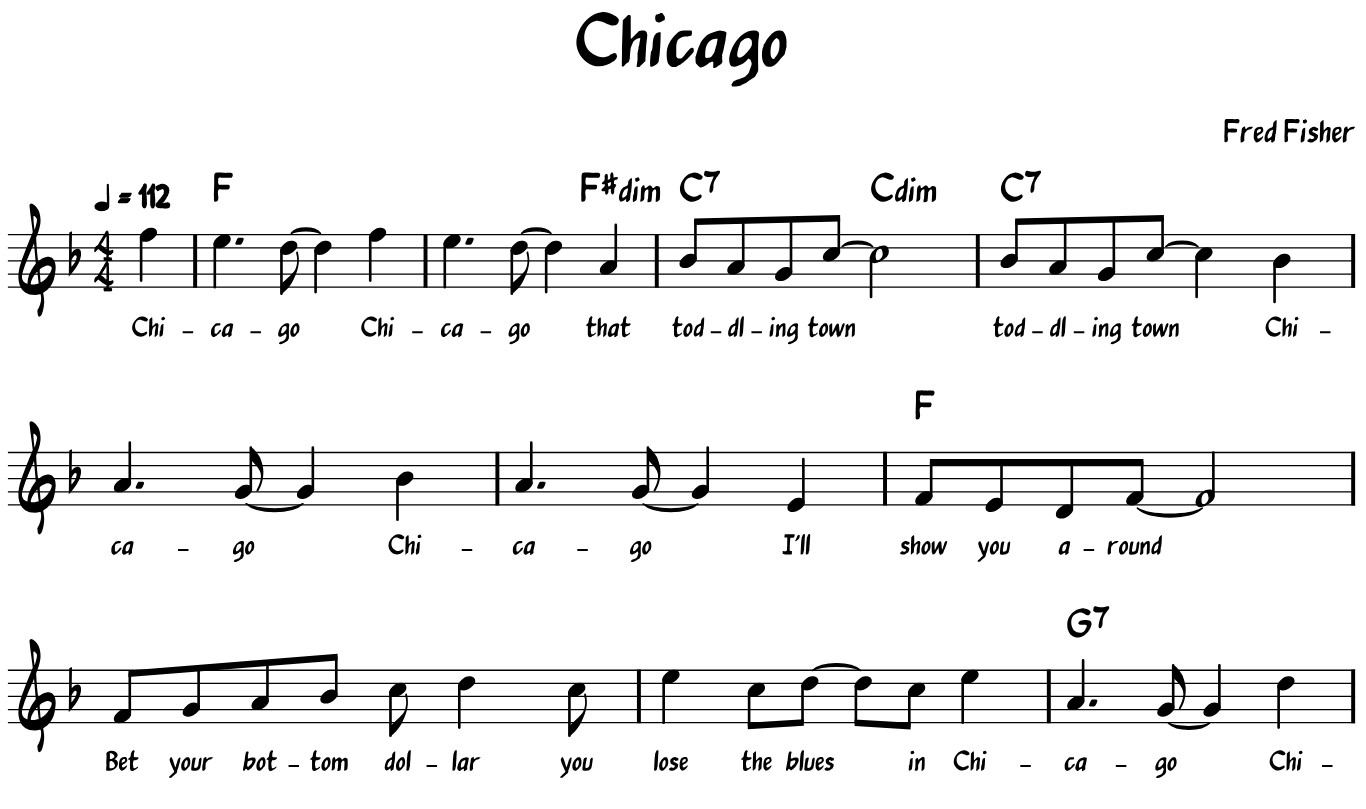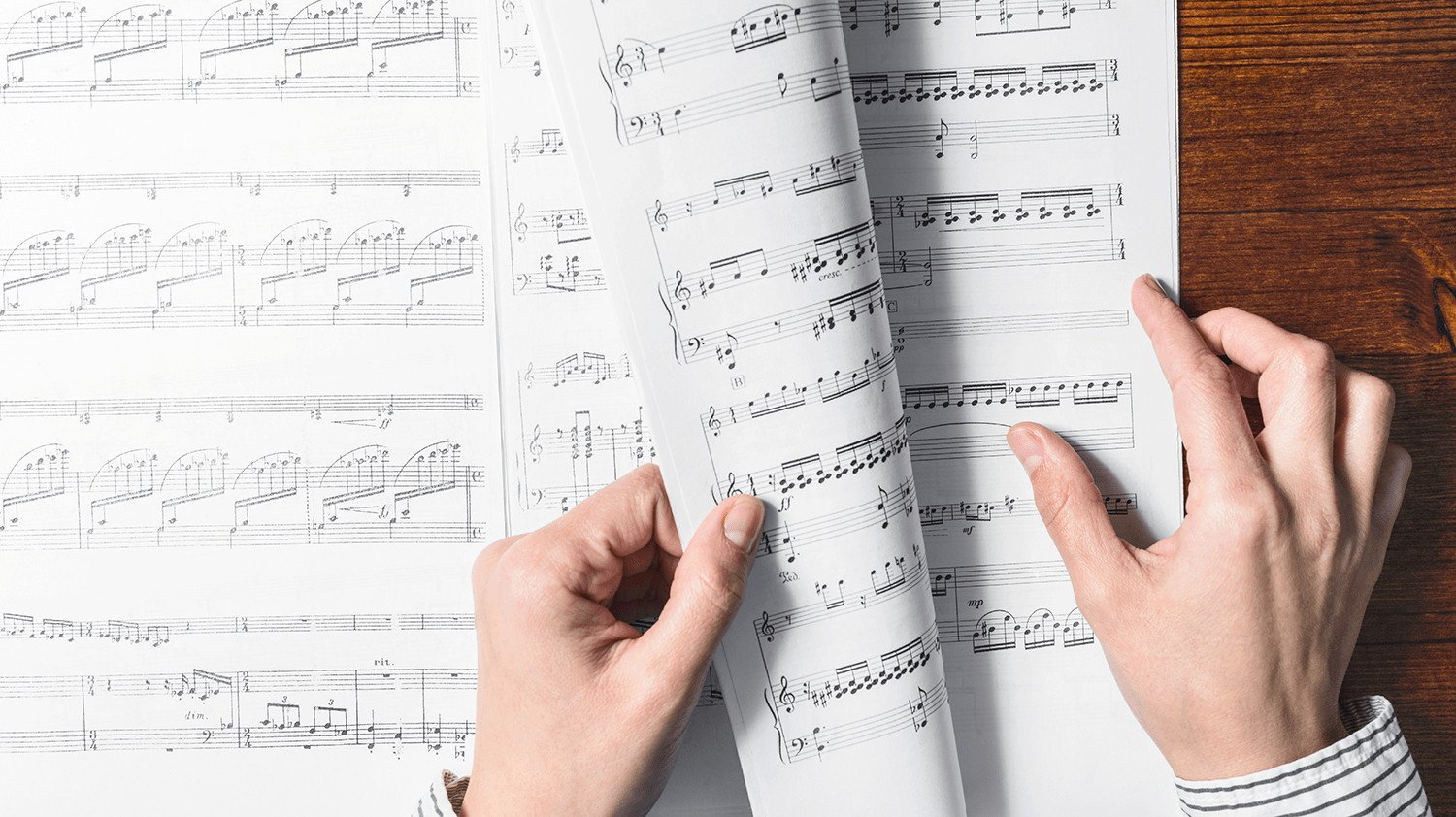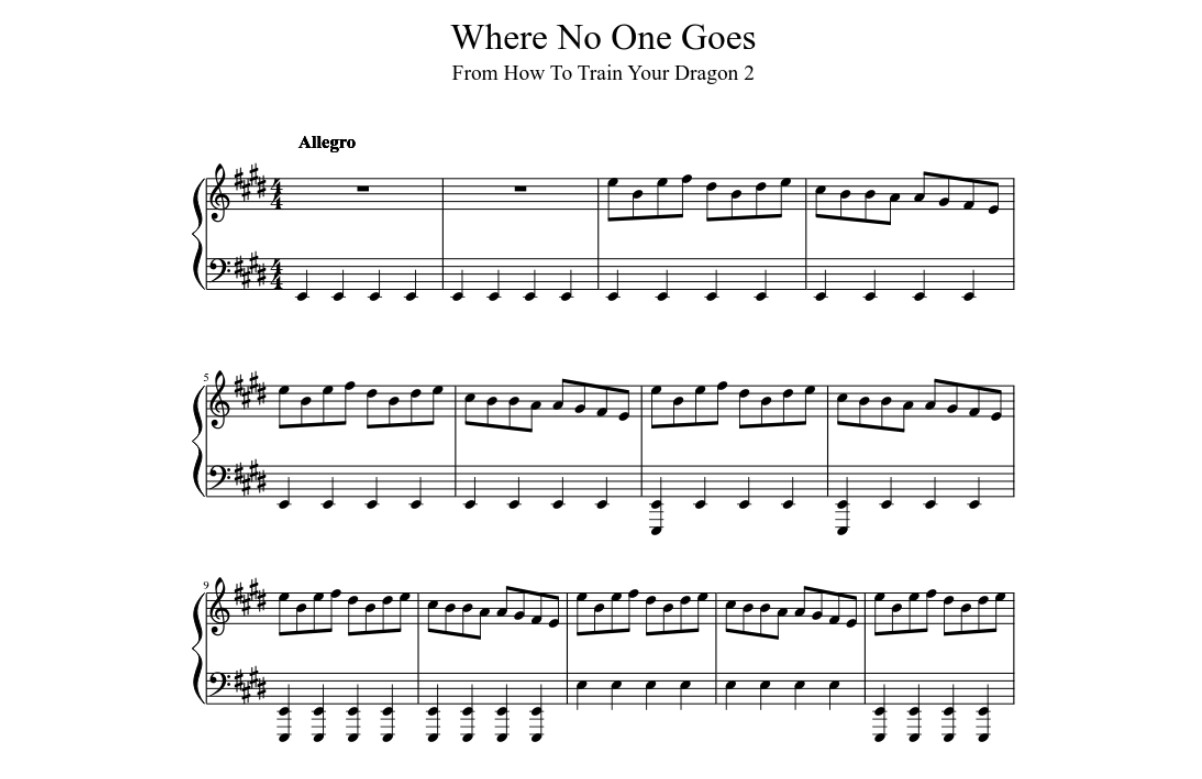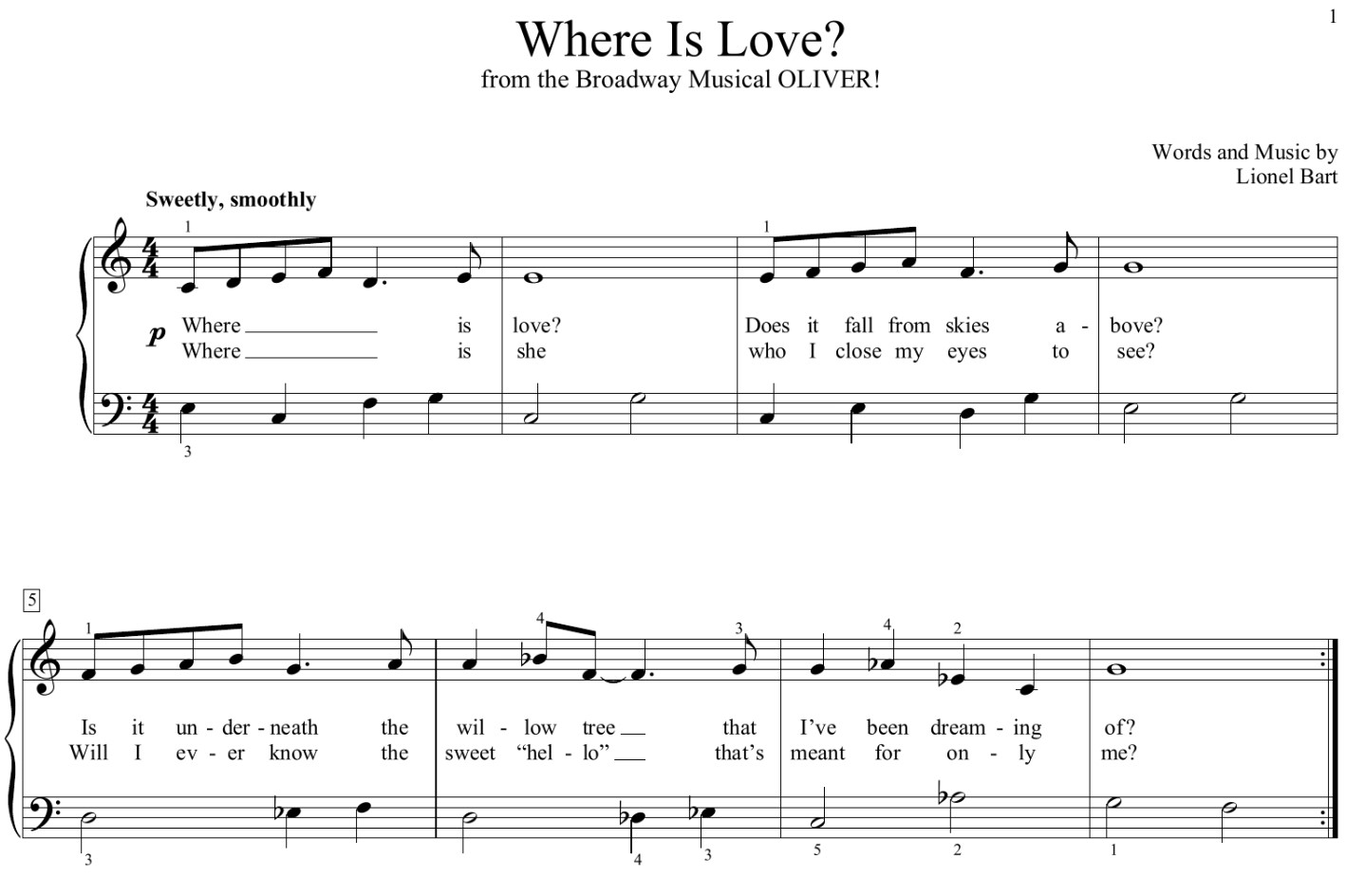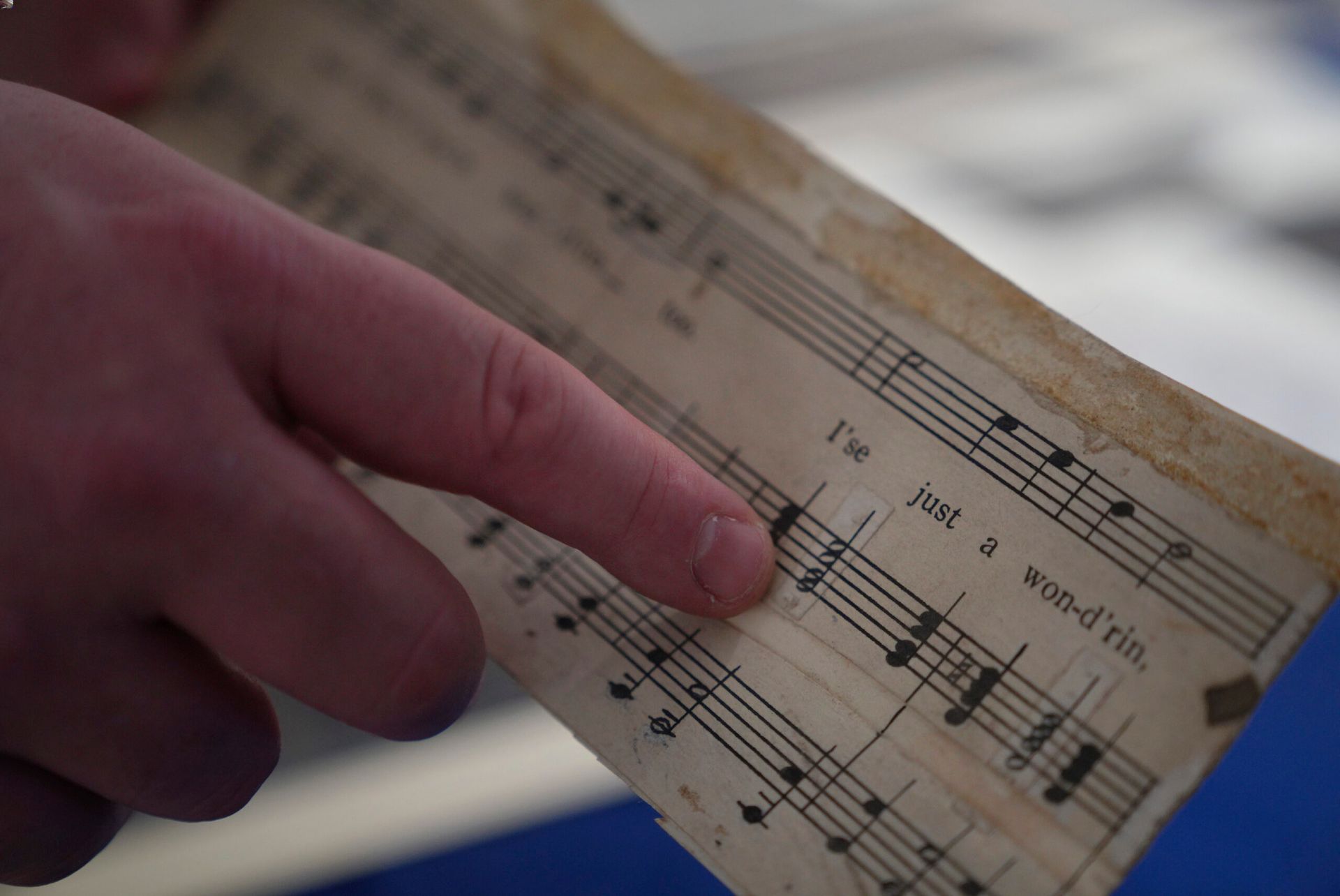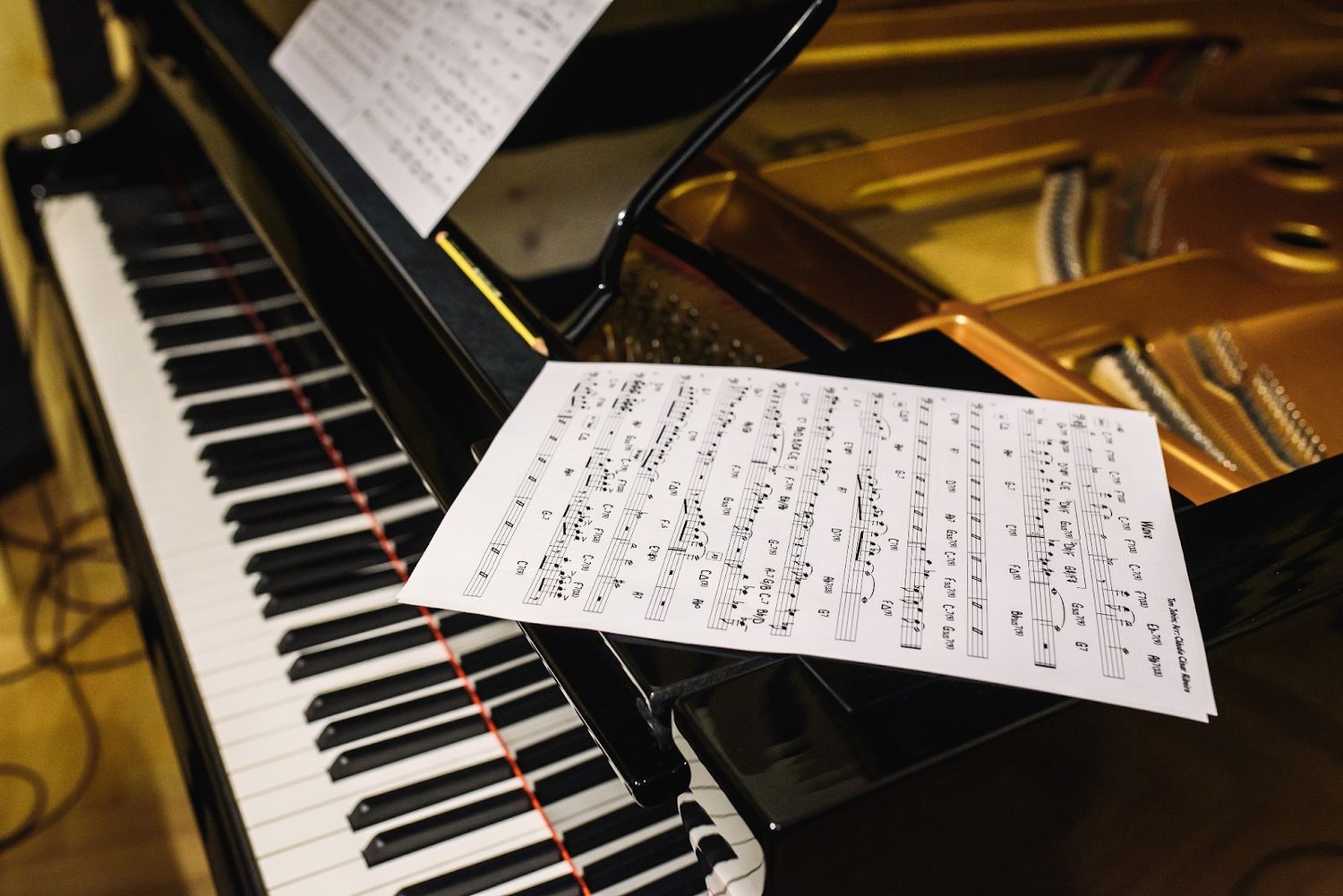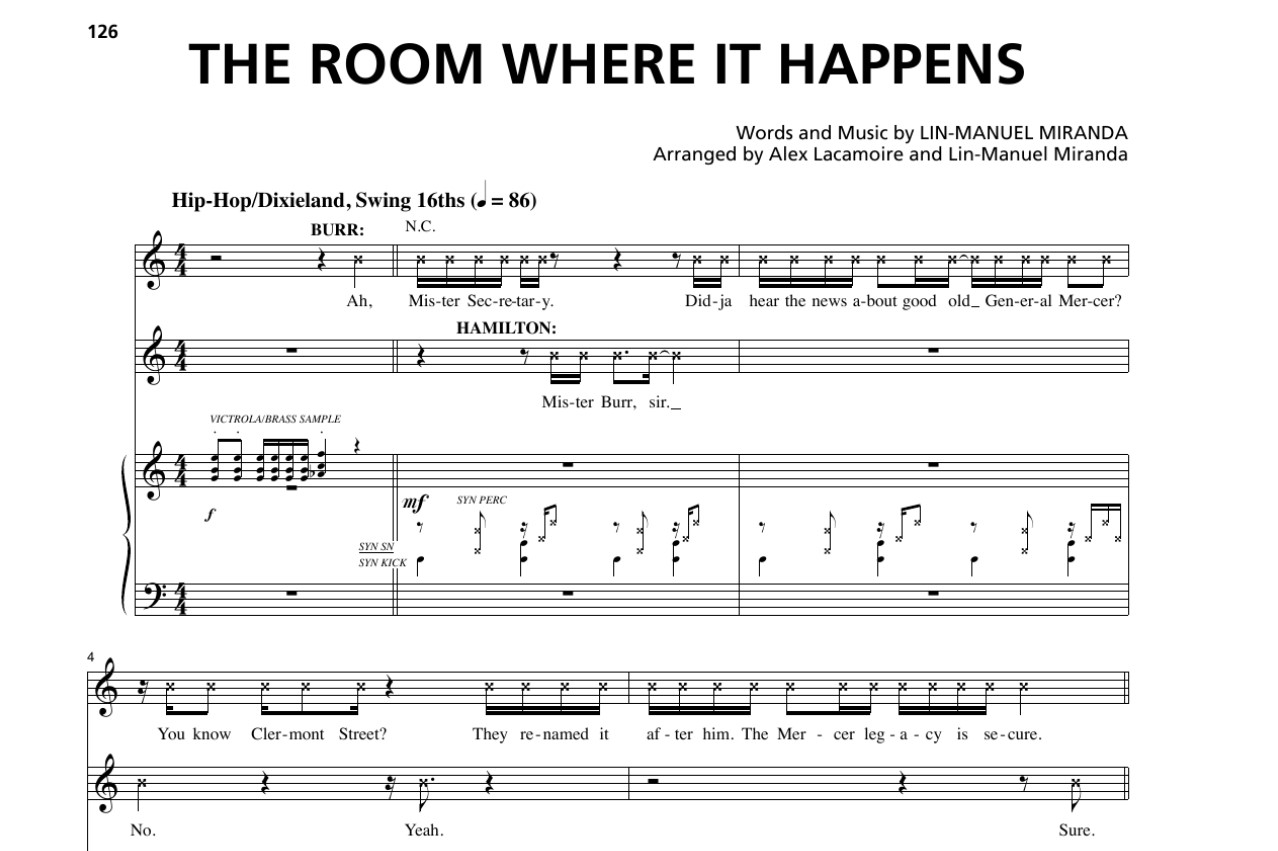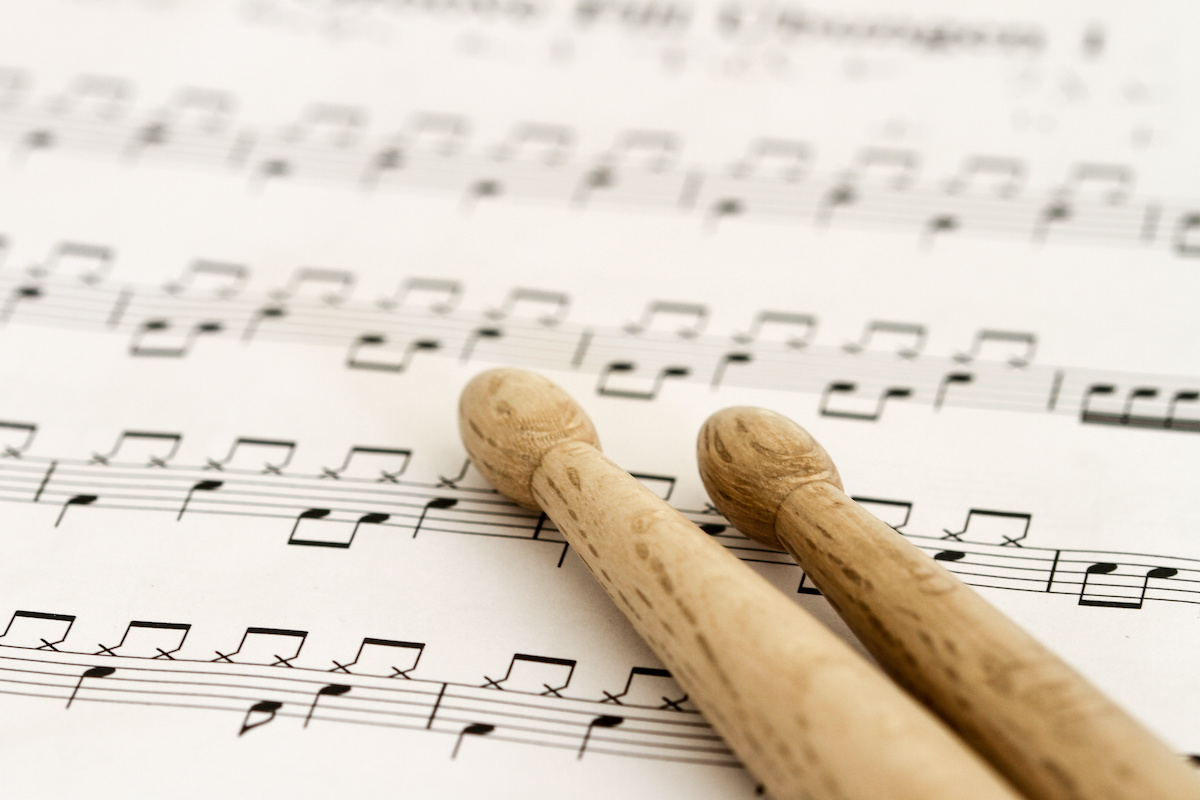Home>Production & Technology>Sheet Music>Where Is Middle C On Sheet Music
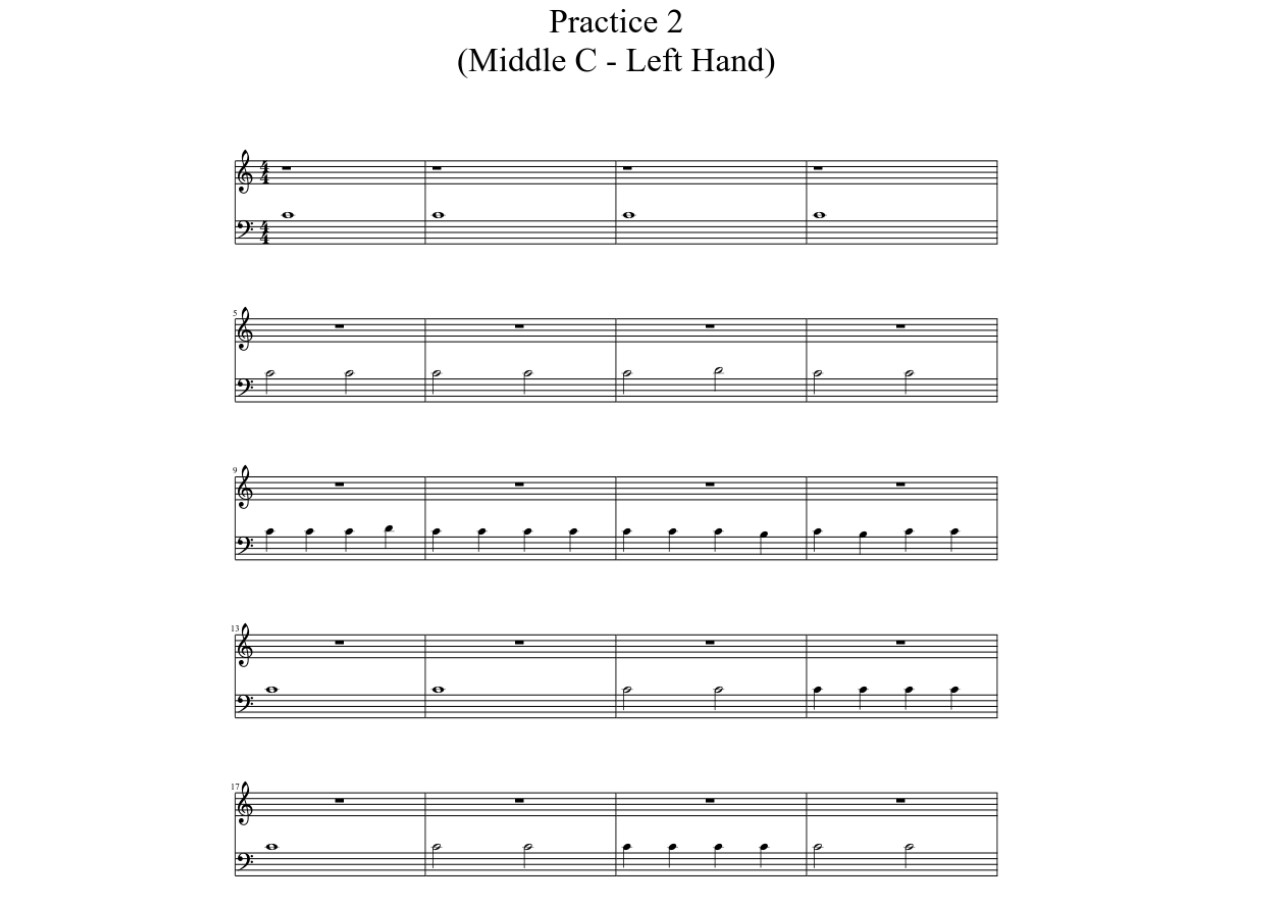

Sheet Music
Where Is Middle C On Sheet Music
Modified: January 22, 2024
Discover where to find middle C on sheet music and master your musical skills. Explore sheet music resources and learn how to locate the central note for better performance.
(Many of the links in this article redirect to a specific reviewed product. Your purchase of these products through affiliate links helps to generate commission for AudioLover.com, at no extra cost. Learn more)
Table of Contents
Introduction
Sheet music is the language of music written on paper. It contains a visual representation of musical notes, rhythms, and other symbols that guide musicians in interpreting and performing a piece of music. Whether you are a beginner learning to read sheet music or an experienced musician looking to brush up on your skills, understanding the basics is crucial.
In this article, we will explore the fundamentals of reading sheet music and focus specifically on finding the middle C. The middle C is an important reference point on the piano and other instruments, serving as a central pitch around which the rest of the musical notes are arranged. By grasping the concept of middle C and its placement on the sheet music, you will have a solid foundation for further exploration of musical notation.
We will delve into the components of sheet music, including the grand staff, the treble clef, and the bass clef, and how they relate to finding the middle C. Whether you are a pianist, a guitarist, a vocalist, or any other instrumentalist, understanding the concept of middle C in sheet music will open up a world of musical possibilities.
So, let’s dive into the fascinating world of sheet music and discover where exactly the middle C resides on the staff!
Understanding Sheet Music
Before we can locate the middle C on sheet music, it is essential to have a basic understanding of how sheet music is structured. Sheet music consists of several elements that work together to represent musical information accurately.
At its core, sheet music consists of a set of lines and spaces known as the staff. The staff acts as a framework where musical notes, symbols, and other markings are placed to indicate pitch and duration. Each line and space on the staff represents a different musical note.
The staff is divided into two parts: the upper portion called the treble clef and the lower portion called the bass clef. The treble clef is typically played with the right hand and represents higher-pitched notes, while the bass clef is played with the left hand and represents lower-pitched notes. Together, these two clefs cover a wide range of pitches.
To navigate the complexity of sheet music, various symbols and notations are used. Musical notes are represented by oval shapes placed on the staff. The position of these notes on the staff determines their pitch, with higher notes placed on higher lines and spaces and lower notes placed on lower lines and spaces.
Alongside the notes, other symbols like rests, flats, sharps, and time signatures are used to convey information about rhythm, key signatures, and timing. Understanding these symbols will help you interpret the musical piece accurately and play it as intended.
Now that we have a general understanding of sheet music, let’s explore how the grand staff, treble clef, and bass clef contribute to finding the middle C in sheet music in the following sections.
The Grand Staff
The grand staff is a combination of the treble clef and the bass clef. It is used to notate music that requires both hands to play, such as piano pieces. The treble clef is positioned at the top of the staff, and the bass clef is positioned at the bottom.
The grand staff is made up of five lines and four spaces. Each line and space represents a different pitch. The lines and spaces on the grand staff are counted from bottom to top, with the lines labeled E, G, B, D, and F and the spaces labeled F, A, C, and E.
The treble clef, also known as the G clef, is positioned in such a way that the line passing through its curl indicates the note G located on the second line from the bottom of the staff. This sign helps to identify the notes that are typically played with the right hand and have a higher pitch.
On the other hand, the bass clef, also known as the F clef, is positioned in such a way that the two dots surround the line representing the note F located on the second line from the top of the staff. This sign helps to identify the notes that are typically played with the left hand and have a lower pitch.
The grand staff provides a comprehensive range of pitches, allowing musicians to play both high and low notes simultaneously. It provides a clear visual representation of the different octaves and serves as a guide for musicians to navigate through a piece of music effectively.
Now that we understand the grand staff, let’s move on to the individual clefs and how they relate to finding the middle C on sheet music.
The Treble Clef
The treble clef, also known as the G clef, is one of the two clefs used in sheet music. It is primarily used for notating music played with the right hand, such as melodies and higher-pitched instruments like the violin or flute.
The treble clef symbol resembles a stylized letter “G” with a rounded curl that points to the second line from the bottom of the staff. This line represents the note G above middle C, establishing a reference point for higher pitches on the staff.
To accurately identify the notes represented by the treble clef, it’s essential to memorize the note names associated with each line and space. The lines, from bottom to top, are E, G, B, D, and F. The spaces, from bottom to top, spell the word FACE.
Middle C is notated on the first ledger line below the treble clef staff. A ledger line is a short horizontal line that extends the staff to accommodate notes that go beyond its range. Middle C is located directly below the first ledger line below the treble clef.
By understanding the treble clef and its association with the note G above middle C, you can start to build your knowledge of the higher-pitched notes on the staff. This is essential for playing melodies or practicing songs that require the use of the treble clef.
In the next section, we will explore the other clef used in sheet music, the bass clef, and its connection to finding the middle C on sheet music.
The Bass Clef
The bass clef, also known as the F clef, is the second clef used in sheet music. It is primarily used for notating music played with the left hand, particularly lower-pitched instruments like the bass guitar, tuba, or cello.
The bass clef symbol resembles a stylized letter “F” with two dots flanking the fourth line from the bottom of the staff. This line represents the note F below middle C, establishing a reference point for lower pitches on the staff.
Similar to the treble clef, understanding the note names associated with the lines and spaces of the bass clef is crucial. The lines, from bottom to top, are G, B, D, F, and A. The spaces, from bottom to top, spell the word ACEG.
While the treble clef indicates higher pitches, the bass clef covers lower pitches. Middle C, in relation to the bass clef, is notated on the first ledger line above the staff. This means that middle C aligns with the first ledger line above the bass clef.
Having a solid grasp of the bass clef and its connection to the note F below middle C is essential for navigating lower-pitched music. By familiarizing yourself with the note names and positions on the bass clef staff, you can confidently play the lower register of your instrument.
Now that we have explored both the treble clef and the bass clef, let’s uncover where the middle C aligns in relation to these clefs on the sheet music.
The Middle C on Sheet Music
Finding the middle C on sheet music is essential for musicians as it serves as a reference point for locating other notes on the staff. Middle C is denoted by a note positioned on a ledger line between the treble clef and the bass clef staff.
On the grand staff, middle C is typically located one ledger line below the treble clef staff or one ledger line above the bass clef staff. This means that middle C aligns with the first ledger line below the treble clef or the first ledger line above the bass clef.
Middle C acts as a bridge between the treble and bass clefs, connecting the higher and lower registers of the musical staff. It is often used as a starting point for learning and practicing music theory and playing in both hands simultaneously.
It’s important to keep in mind that the exact placement of middle C can vary based on the sheet music and the range of the musical piece being played. However, in most cases, the first ledger line below the treble clef and the first ledger line above the bass clef are considered to represent middle C.
Knowing where middle C is positioned on the sheet music provides a solid foundation for understanding the relationship between the treble and bass clefs and navigating through musical pieces that require the coordination of both hands.
Now that you have a clear understanding of how to locate middle C on sheet music, you can confidently read and interpret musical notation, making your playing more precise and expressive.
Conclusion
Sheet music is the universal language of music, and understanding its components is essential for musicians of all levels. In this article, we explored the basics of sheet music and focused on locating the middle C on the staff.
We learned that sheet music consists of the grand staff, which combines the treble clef and the bass clef. The treble clef, represented by the stylized letter “G,” displays higher-pitched notes, while the bass clef, represented by the stylized letter “F,” shows lower-pitched notes. The middle C, acting as a reference point, is found on the first ledger line below the treble clef and the first ledger line above the bass clef.
By understanding the placement of middle C, musicians can navigate the staff with ease and play music that requires coordination between the treble and bass clefs. Middle C serves as a pivotal point, connecting the higher and lower registers of the musical staff.
Remember, the precise positioning of middle C can vary depending on the sheet music, instrument, and musical range, but the first ledger line below the treble clef and the first ledger line above the bass clef are commonly used as references.
Armed with this knowledge, you are well-equipped to read and interpret sheet music more effectively. Whether you are a beginner learning to read sheet music or an experienced musician refreshing your skills, understanding the placement of middle C will serve as the cornerstone of your musical journey.
So, take your newfound knowledge, explore sheet music, and let the language of music guide your musical endeavors. Happy playing!

